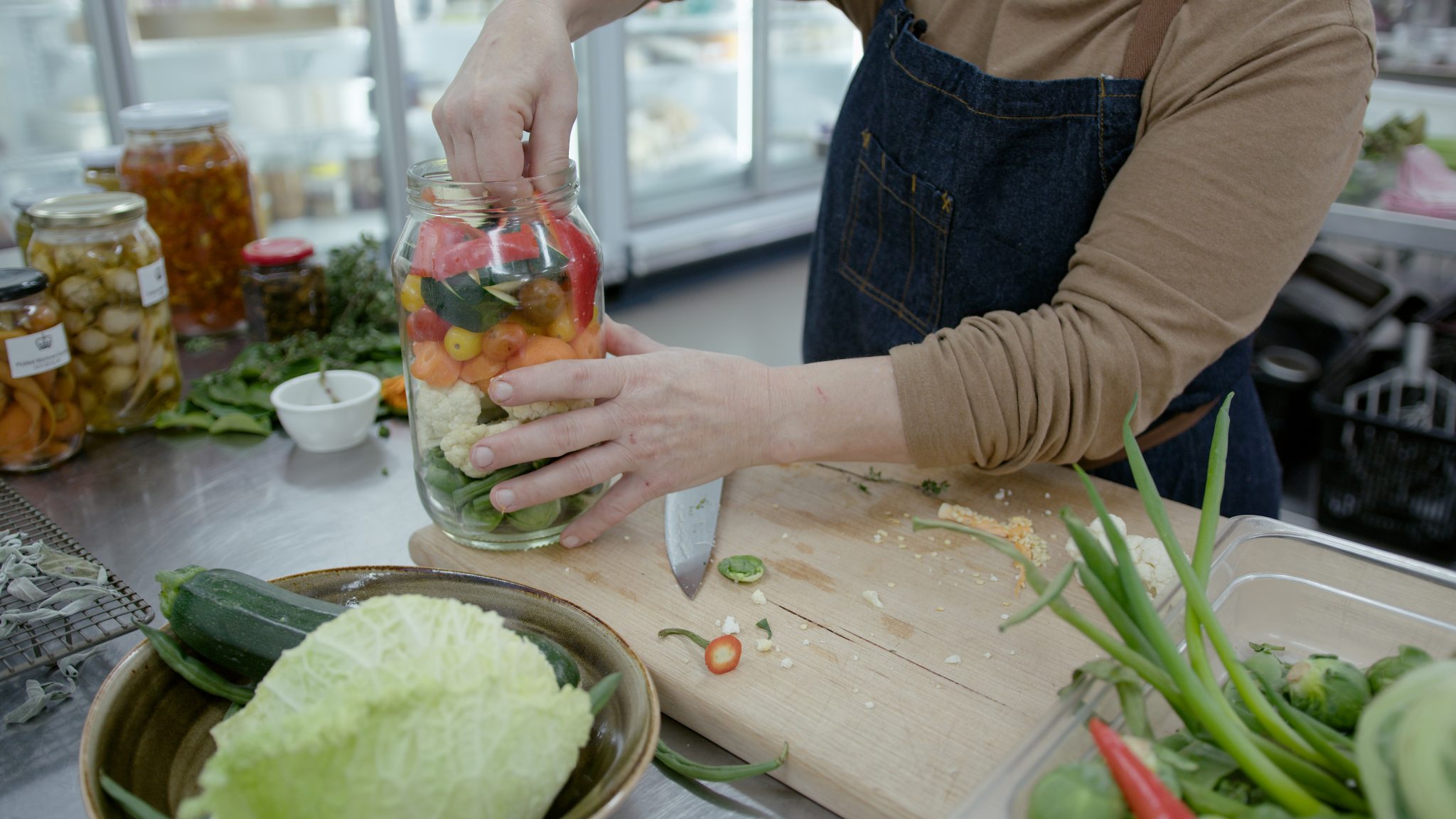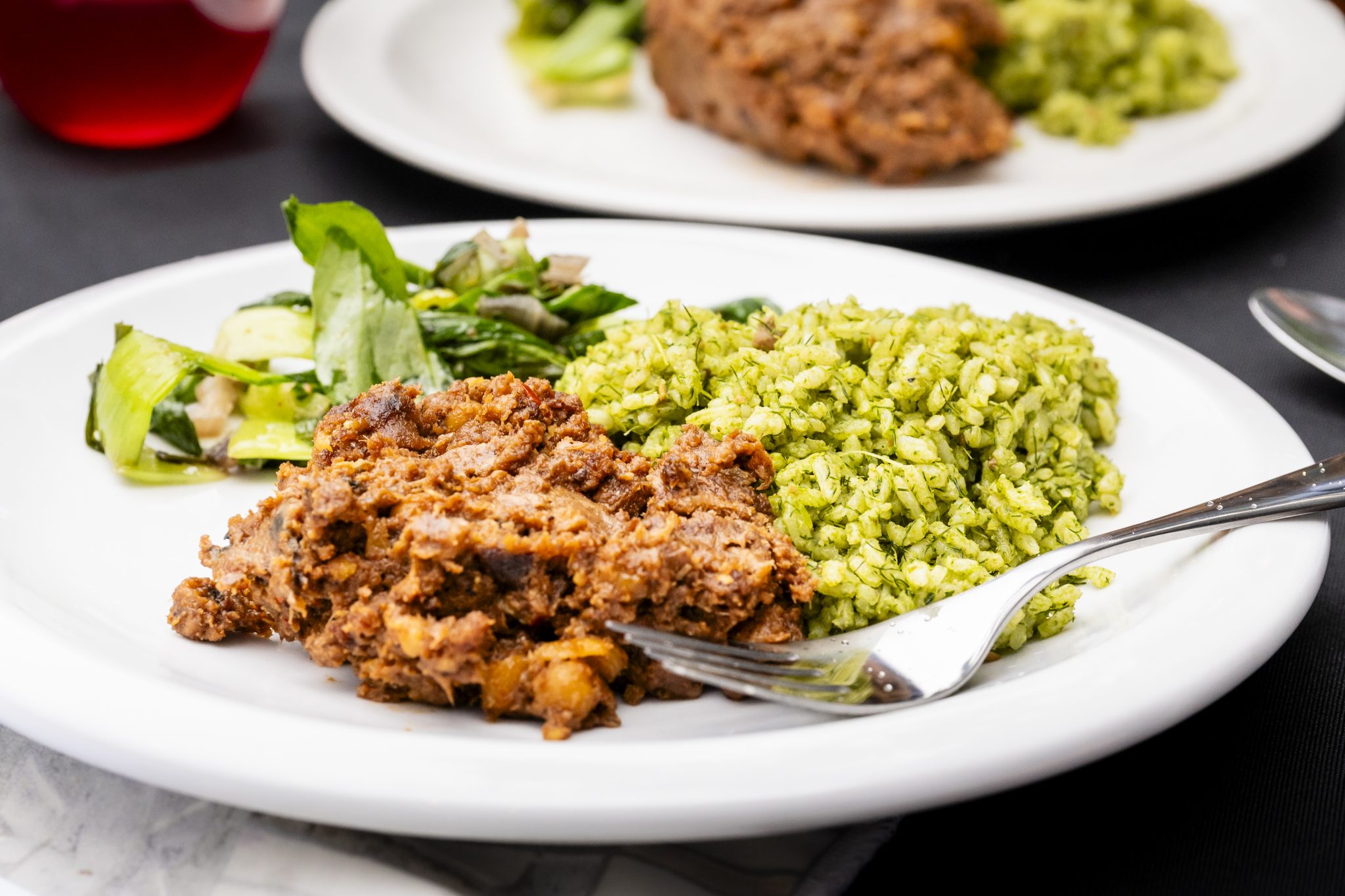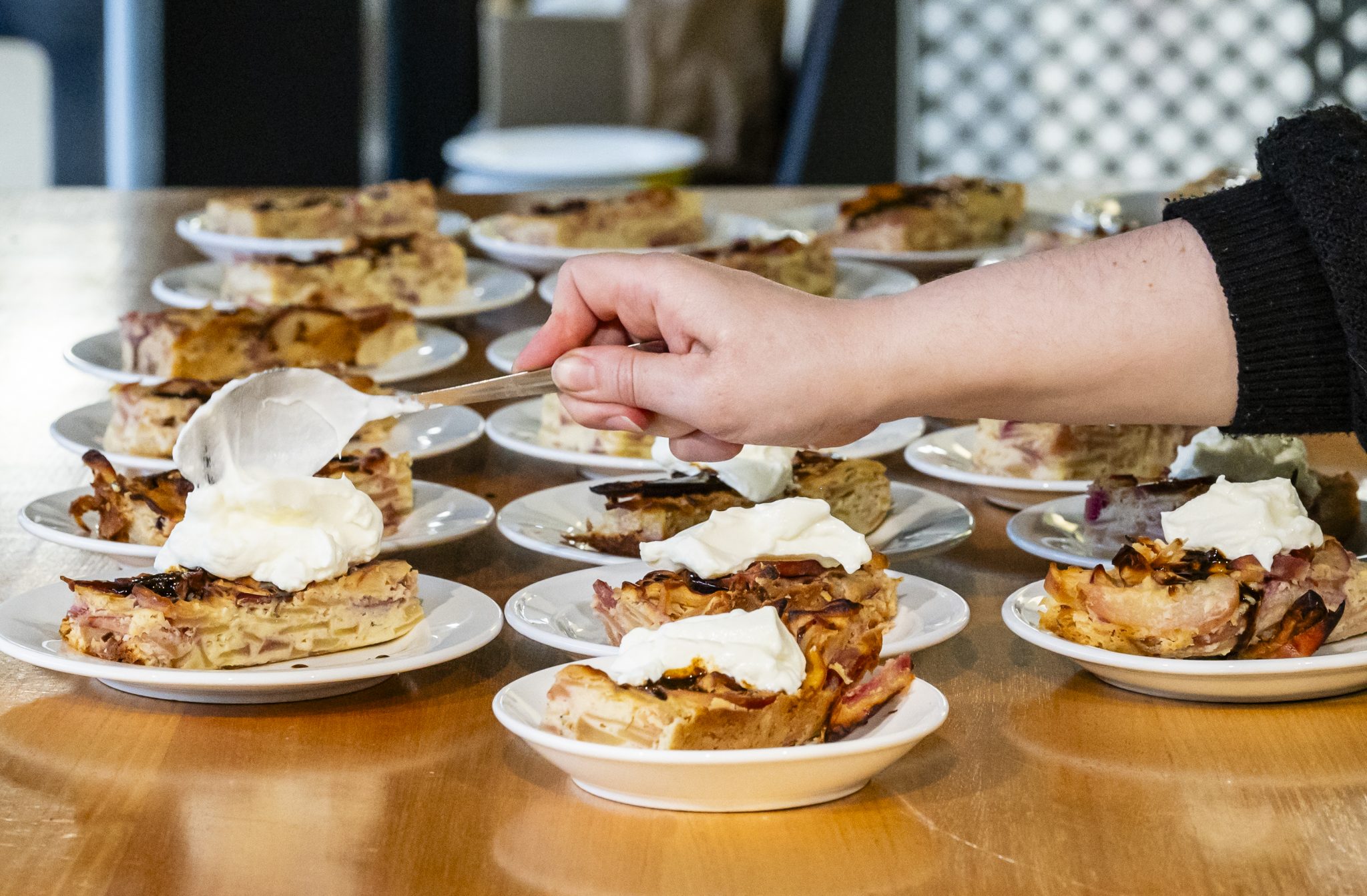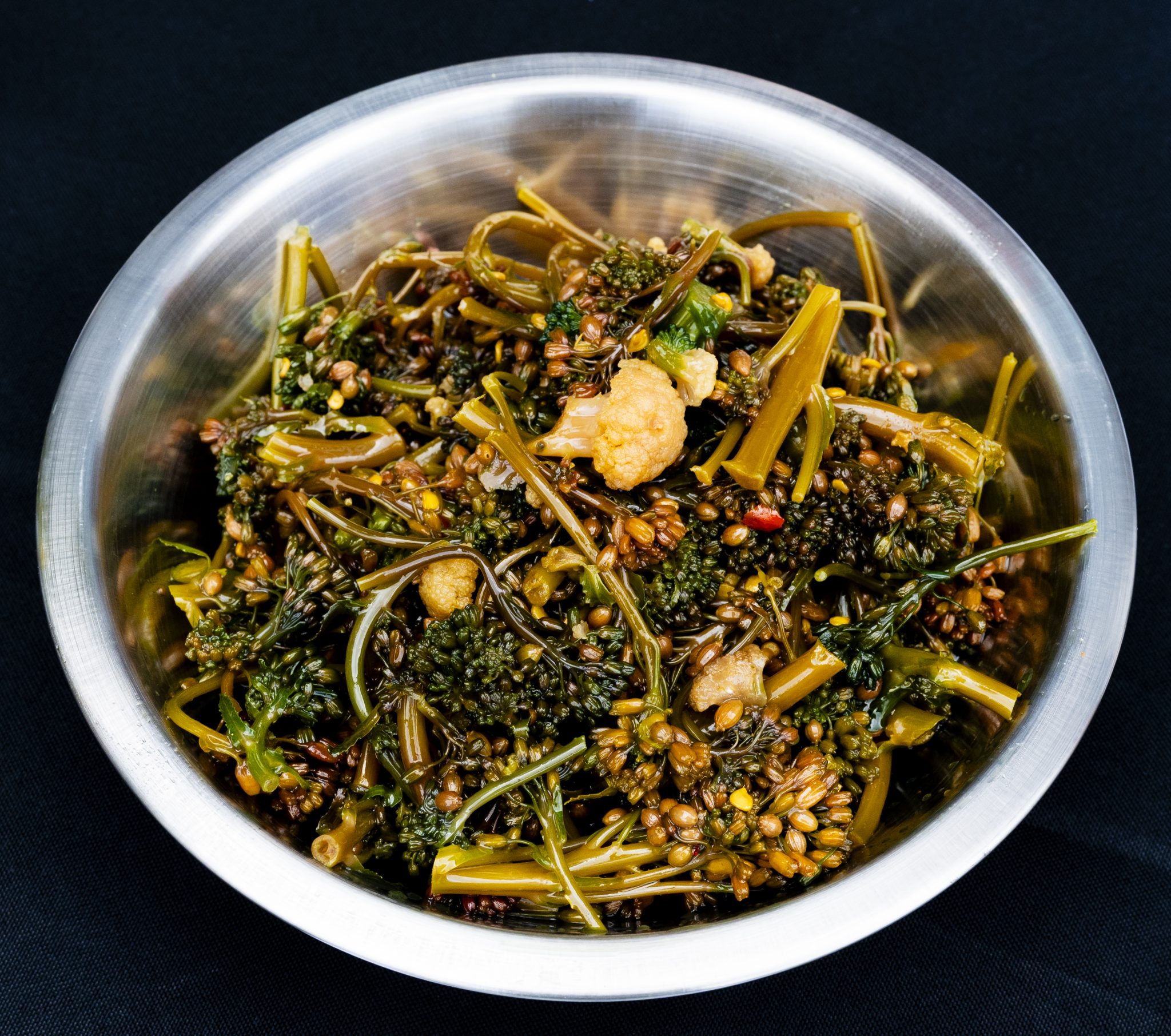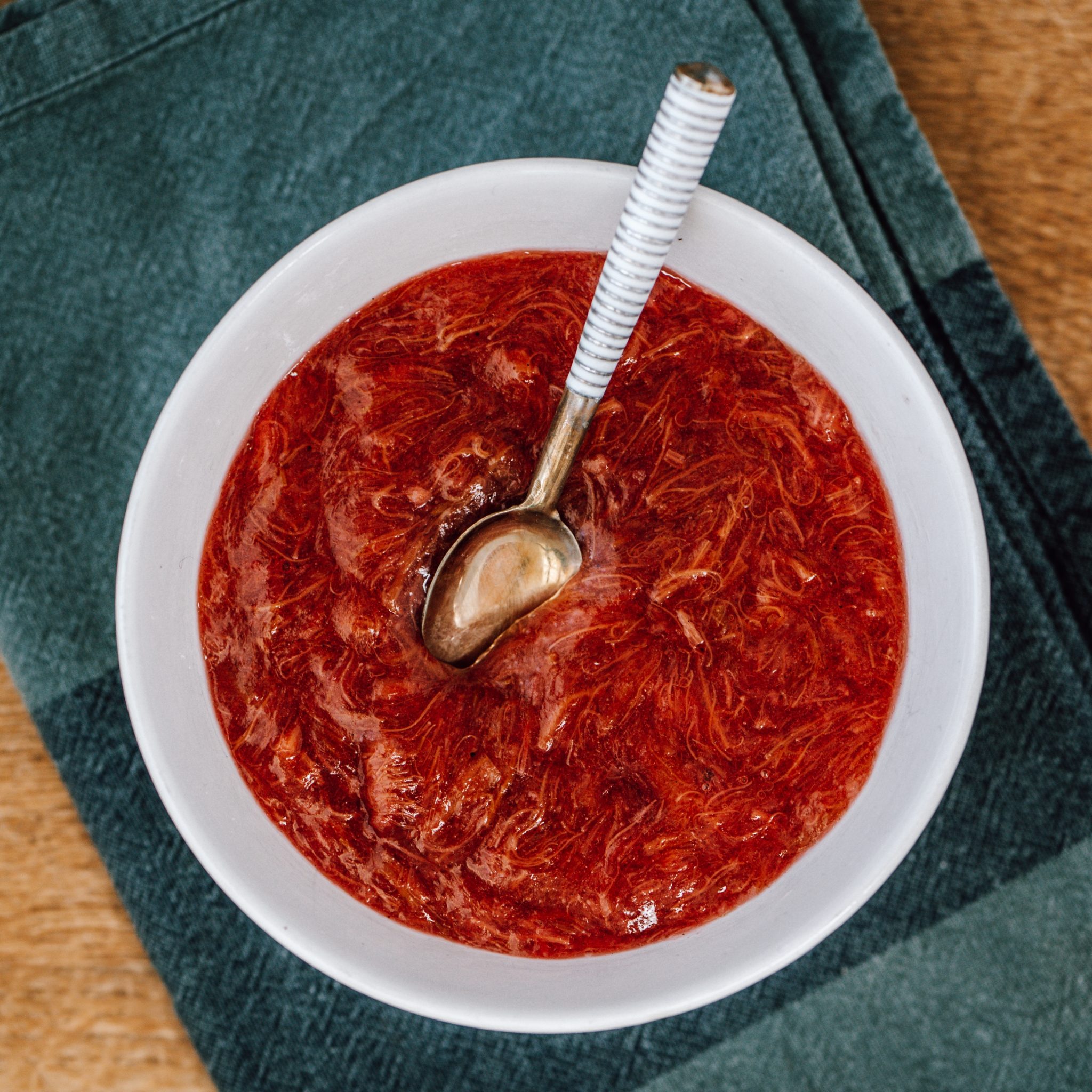What’s the difference between a hot and cold pickle brine?
Pickling is the process of transforming and preserving ingredients with acids (and, often, salt).
Cold brining can be done with either vinegar or salt. Cold brines are useful if you’re looking to preserve the texture and crunch of a vegetable. Vegetables and fruits such as pears, radishes and most herbs work well in a cold brine.
Hot brining uses hot vinegar to add acidity and partially cook the ingredients. A hot brine is something you use to cook dense vegetables or pungent aromatics. The temperature can bring out flavours, which leach into the brine. We recommend using a hot brine to pickle opaque vegetables or spices such as root vegetables, root veg and garlic.
Which brine is best to pickle vegetable scraps?
The varieties are endless when it comes to creating a brine to make your quick pickle vegetable scraps. The basic backbone of a pickling brine recipe includes the following ingredients:
- Salt
- Vinegar
- Water
Sugar is an optional ingredient if you want to make a sweetened brine. You can search online to find and experiment with different spices and ingredients to add to your brine.
Important pickling tip
You will need to sanitise your pickle jars. You can sanitize all components of your jars by boiling them and allowing them to dry in a clean place. This is important to prevent bacteria growth.
Directions
Basic Cold Pickle Recipe
-
Add vinegar, water and salt to a medium stock pot (larger if you are making many jars).
-
Bring brine to rolling boil, and remove from heat.
-
Allow to cool to room temperature.
-
Arrange, cut or Slice your veg as desired, so that they fit snugly in your jar. Allowing some space to pour in your pickle brine.
-
Add in your preferred spices and herbs.
-
Fill the jars with the brine to the top.
-
Tighten the lids and store in fridge for 2 weeks before consuming. The longer you allow your vegetables to pickle, the stronger the taste. These pickles will last 3-4 months in the fridge before losing their crunch.

